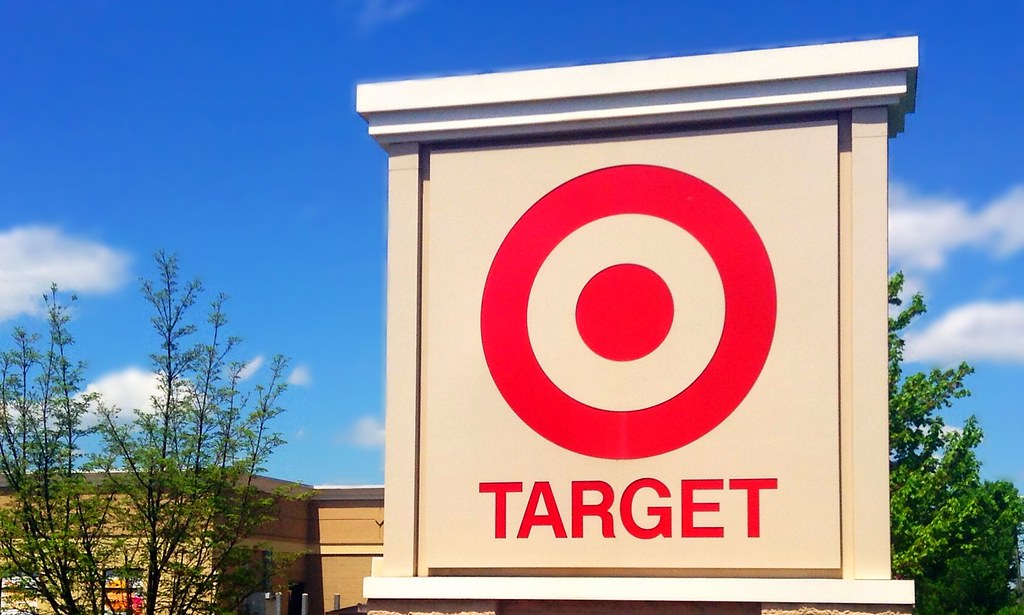
Target Corporation isn’t giving up on their sustainability journey, but the current environment of sliding sales and impatient shareholders is taking a toll on the company. The retailer’s chief executive, Brian Cornell, stated that Target’s pricing decisions will hinge on the company’s efforts to source more products domestically and decrease its dependence on Chinese imports. This change is a direct response to the continued pain caused by U.S. tariffs on Chinese goods. Today, these tariffs are at a whopping 30%.
Sales Slump and Policy Controversy
In the latest quarter, Target reported a significant sales slump of 5.7%, raising alarms about the effectiveness of its business strategy. In a surprising admission, Cornell blamed the company’s diversity, equity, and inclusion (DEI) policies for the recent downturn. Last January, Target made headlines after they ditched their DEI targets and laid off staff engrained in such goals. Predicted harm from this decision led to a furor from every major consumer group.
A coalition of shareholders, spearheaded by the City of Riviera Beach Police Pension Fund in Florida, brought a lawsuit against Target earlier this year. This legal action has increased Target’s plight. The lawsuit alleges that Target deceived investors by hiding the risks of its DEI projects. With the situation worsening, the company is under increasing pressure from shareholders. At the same time, consumers are helping to join that fight, initiating consumer boycotts over controversial LGBTQ+ merchandise carried in its stores.
Rick Gomez, Target’s chief commercial officer, commented on the company’s adaptation strategies, noting that they are adjusting the timing and quantity of orders from suppliers. He added, “These efforts are expected to offset the vast majority of the incremental tariff exposure.” This statement is indicative of Target’s forward thinking efforts to reduce damages resulting from the economic fallout of increased tariffs on imports alongside a shift in consumer attitudes.
Supply Base Diversification
For example, approximately 30% of Target’s store-label products come from China. These are examples of how the company is exploring its commitment to diversifying its supplier base. The retailer is working on terms with additional suppliers to offset the effects of tariffs. As they do that, they are responding to consumer demand.
Target has lowered its outlook after the last few weeks. For fiscal 2023, they now expect very low net sales growth in the 1% range. The company’s stock price over the last few years has been a tremendous indicator of these challenges, which would indicate a strong need for action yesterday.
Brian Cornell emphasized the importance of adapting to these shifting dynamics: “That is going to play a very important role.” As Target moves forward, efforts to revamp its supply chain and address shareholder concerns will be critical to restoring confidence in the brand and improving overall performance.
Author’s Opinion
Target’s ability to balance supply chain changes, shareholder expectations, and social pressures will determine whether its recent moves pay off. Without clearer direction and more decisive action, the company risks losing ground in a fast-changing retail landscape.
Featured image credit: Mike Mozart via Flickr
For more stories like it, click the +Follow button at the top of this page to follow us.
